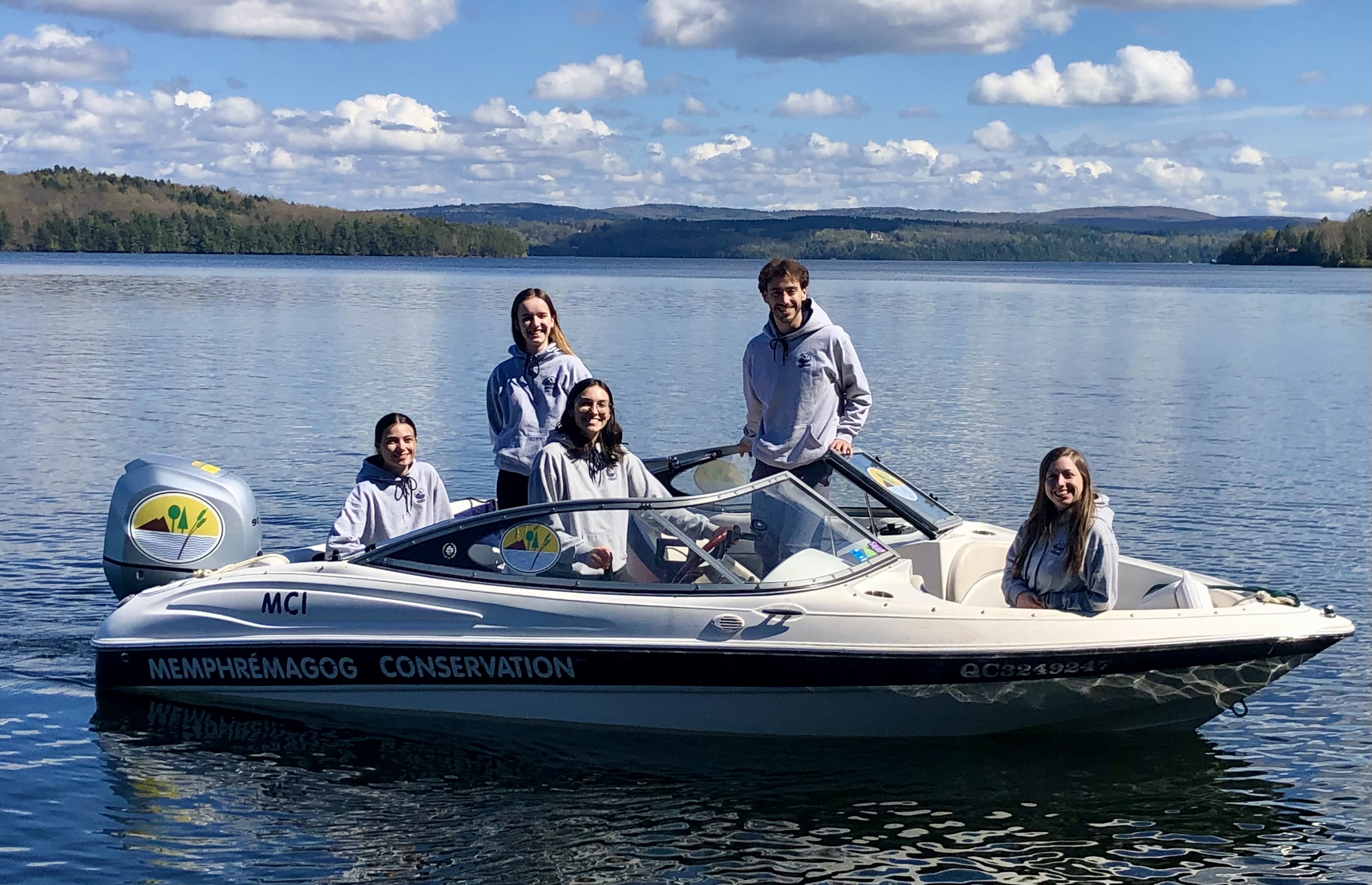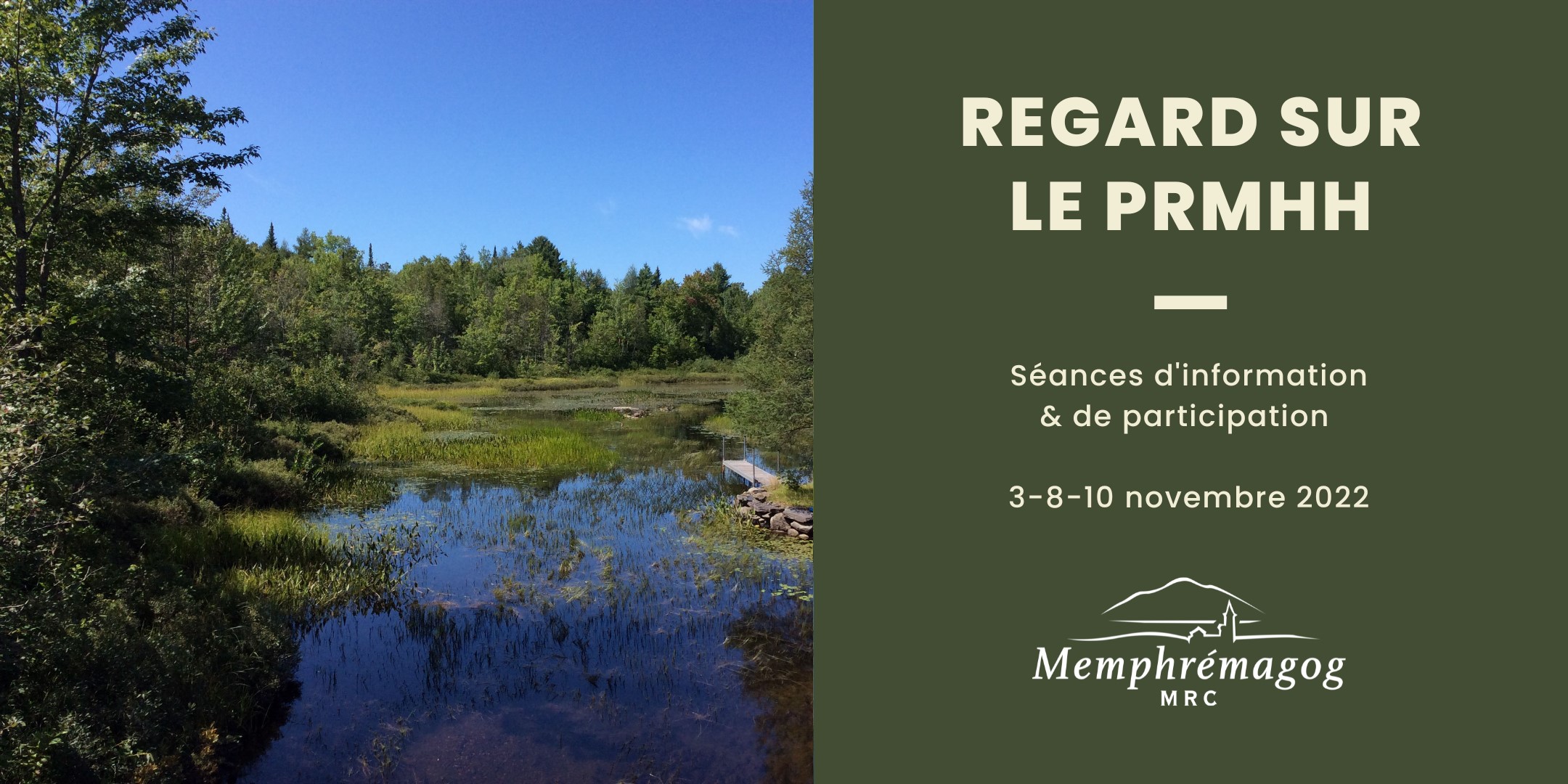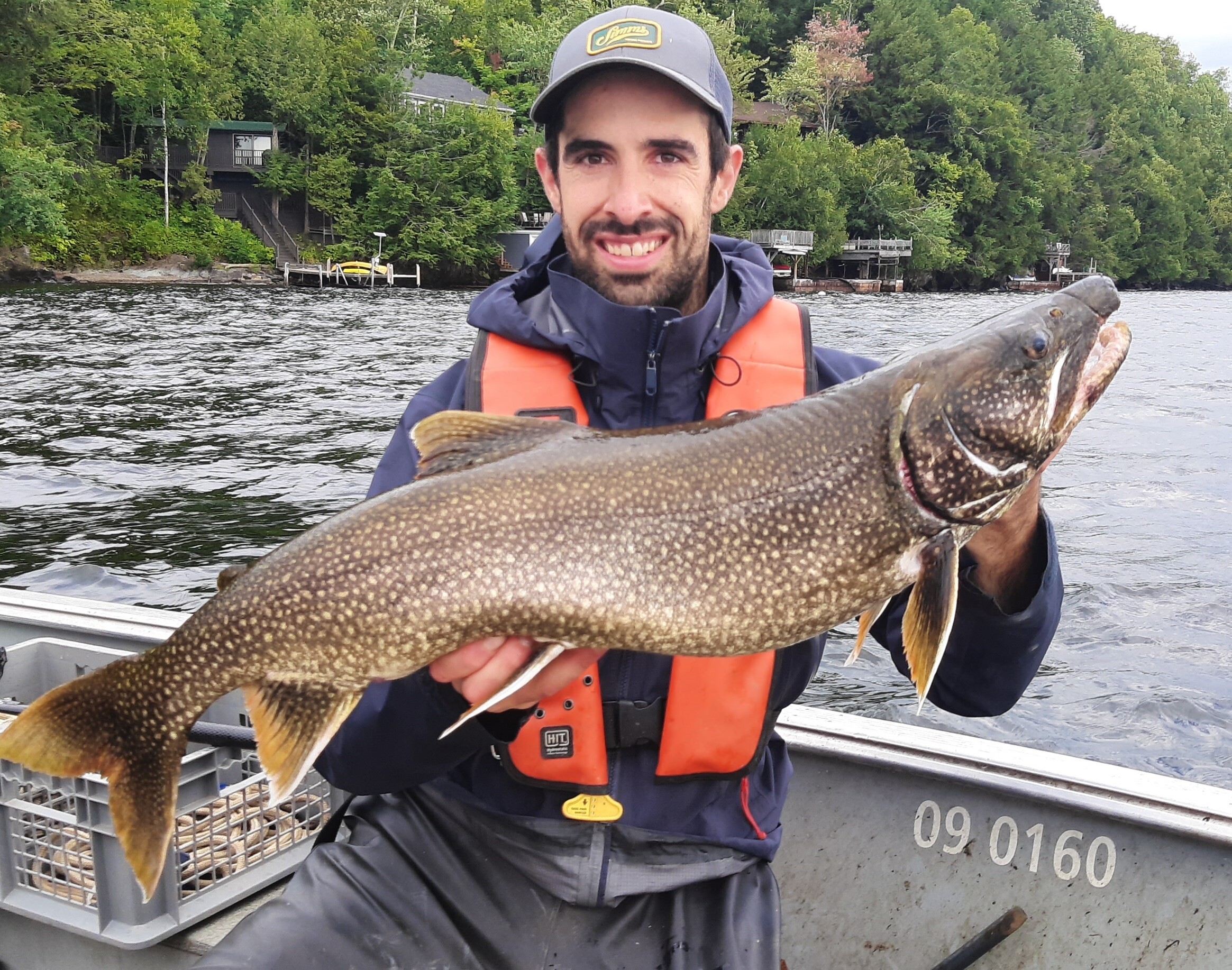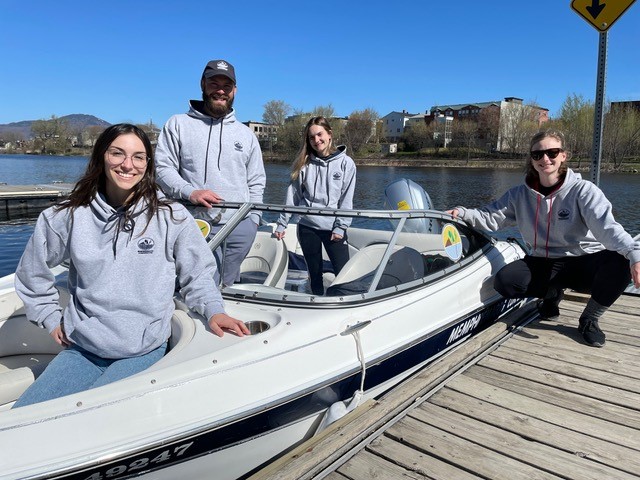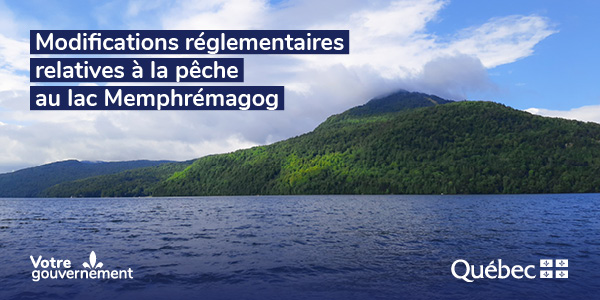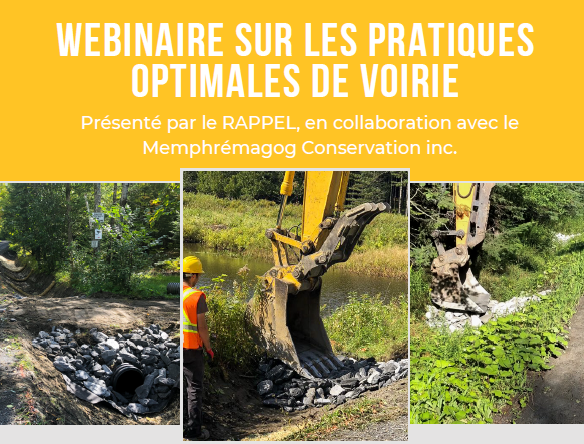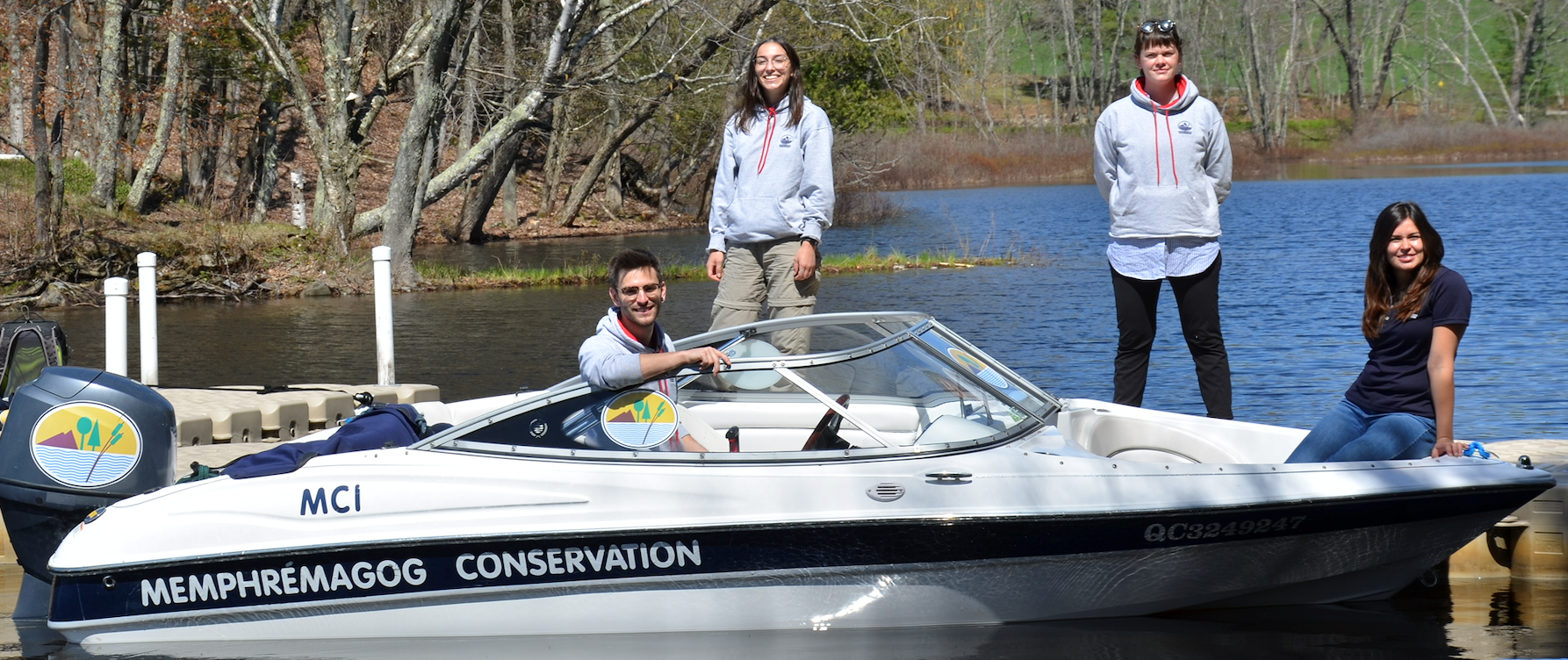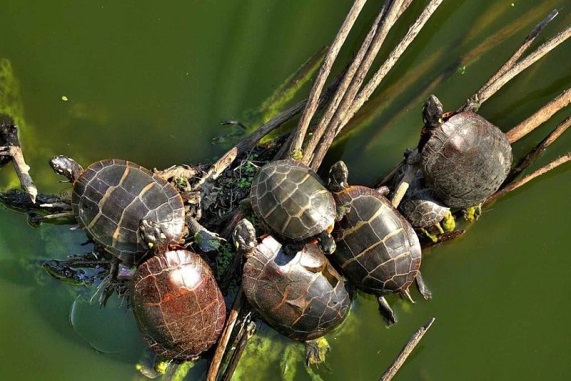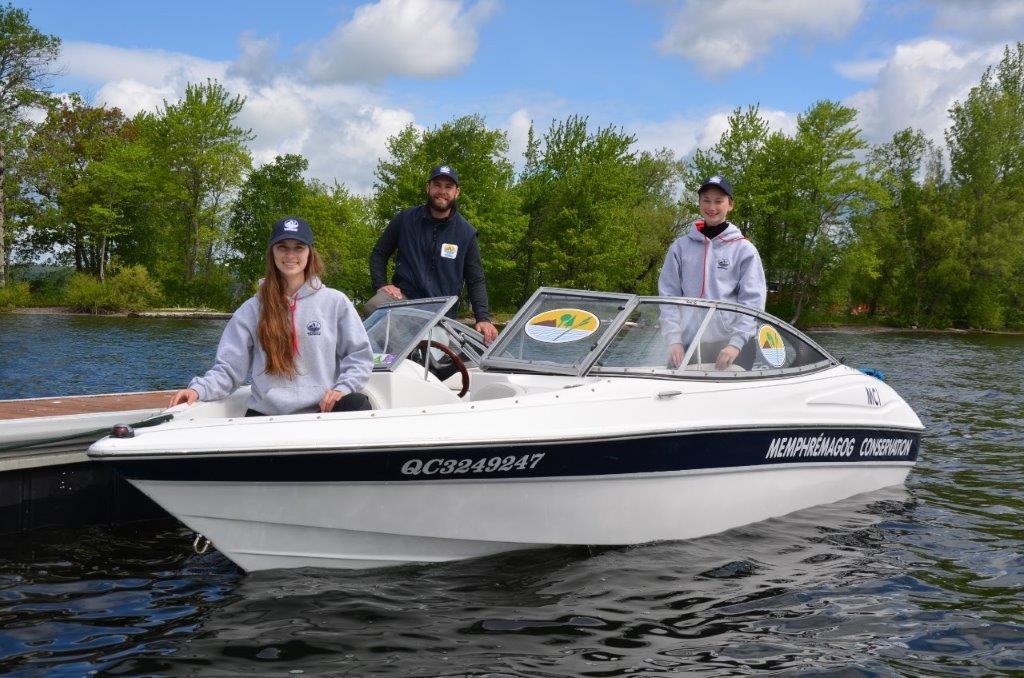Water Quality
The tables below show the trophic state of Lake Memphremagog's water for the years from 1999 to 2002 and 2009 to 2011.
Classification of the different trophic levels of lakes with their corresponding total phosphorous, chlorophyll-a and water transparency levels.
Source: www.mddep.gouv.qc.ca/eau/rsvl/methodes.htm (in French only)
Lake Memphremagog's trophic state assessed from phosphorous readings from 1999 to 2002, chlorophyll-a from 2001 and 2002, and transparency from 1999 to 2002.
Comparison of the trophic state of the sampling stations from 1999-2002, 2009-2011, and MCI's objectives.
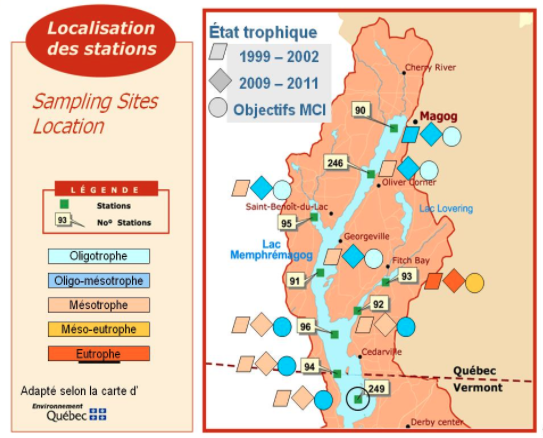
What are the components of an aquatic ecosystem?
Aquatic ecosystems are composed mainly of water, but also contain living organisms, physico-chemical components, as well as structura components. The biological elements are communities of plants, fish, macroinvertebrates and microorganisms that live there. The physico-chemical components are elements that are dissolved in the water (phosphorous, oxygen, H+ ions, etc) and matter in suspension in the water. The ecosystem structure is composed of the shoreline and the plants that grow there and the bottom sediments, which are themselves composed of organic matter and mineral particles.
Qualitative physico-chemical parameters currently used
To identify a disequilibrium at the level of dissolved elements and matter in suspension in the water column, we often use qualitative paremeters such as conductivity, transparency or the UV spectrum of the water. These tools allow us to quickly determine if the physico-chemistry of the water is normal or not, without spending large sums of money on detailed studies.
Water conductivity
Conductivity is a measure of water's ability to conduct an electric current. Pure water is a bad conductor or electricity; it is the elements dissol ed in the water and particles in suspension that provide the conductivity. the higher the conductivity measured, the greater the concentrations of dissolved elements or matter in suspension.
Water transparency
Transparency is defined as water's capacity to allow light to pass through it. The structure of water molecules contributes to the attenuation of the light that passes through it, but it is mostly matter in suspension and dissolved elements that attenuate water's ability to let light pass through it. Thus, transparency is an indirect measure of the presence of matter in suspension and dissolved elements. We know that when an aquatic ecosystem is unbalanced, matter in suspension increases, which in turn reduces the transparency of the water. Water transparency is easily measured with a Secchi disk. Water transparency is not used to measure, at a specific point in time, the quality of the water, but rather is used over time to analyze the variation in transparency, to identify trends in water quality.
See: RAPPEL 2005. Technical report on water transparency (french only)
UV Spectrum
The UV spectrum is the signal obtained when passing ultraviolet light through a sample of water. By the shape and amplitude of the signal, we can determine if the water does or does not contain dissolved elements or matter in suspension. The UV spectrum allows some measure of the concentraton of these elements (eg. phosphorous, oxygen, pesticide residues).
See : RAPPEL 2005. technical report on the water's UV spectrum (french only)
Quantitative physico-chemical parameters currently used
To evaluate the quantity of dissolved elements and matter in suspension, we often rely on physico-chemical parameters: concentrations of phosphorous, oxygen, chlorophyll A, matter in suspension and H+ ions (pH). We use representative water samples from the ecosystem under study. When we suspect their presence, we can also evaluate the concentrations of pesticides and endocrine disruptors. If we want to calculate the total quantity of a certain substance being carried in a body of water, we need ot also measure the volume flow of the water, that is we mutiply the concentration of the substance by the volume of water.
Phosphorus concentration
Phosphorus is a dissolved element found in all aquatic ecosystems, necessary for its health, but will unbalance the ecosystem if present in too large a quantity, since it stimulates the growth of aquatic plants, algae and cyanobacteria. An abnormally high concentration of phosphorus is a symptom of accelerated eutrophication of the body of water. In northern bodies of fresh water such as Lake Memphremagog, phosphorus is the element that controls the growth of aquatic plants. It is only usable by plants in its organic form, in particular as phosphate. As phosphates are in general rapidly absorbed, their concentration is hard to measure, so we prefer to measure the total phosphorus to get a good idea of the quantity available for plant growth.
See: RAPPEL, 2005. technical report on phosphorus (french only)
Oxygen concentration
Oxygen is a dissolved element necessary to all living organisms, such as fish, insects and microorganisms. when microorganisms work hard and must digest lots of organic matter (aquatc plants and feces) they breathe harder and can reduce the concentration of oxygen in the water, to the poing where there is insufficient oxygen to allow fish to survive.
See: RAPPEL 2005: technical report on oxygen (french only)
Clorophyll A concentration
Clorophyll A is a molecule (pigment) contained in all plant cells. Its concentration is an indirect measure of the plants in the ecosystem, in particular microscopic algae in suspension in the water. The presence of large quantities of microscopic algae can be a symptom of an unbalanced ecosystem, for example superfertilization with phosphorous, which leads to accelerated eujtrophication of the body of water.
See: RAPPEL, 2005: technical report on chlorophyl A (french only)
Concentration of matter in suspension
Matter in suspension is one of the major components of aquatic ecosystems. These particles can remain in suspenson within the water column. They can be fine mineral particles, or vegetable matter, for instance microscopic algae. Mineral particles come from soil erosion, thus the measure of matter in suspension is an indirect measure of the incidence of erosion in the watershed. Depending on their size, they sooner or later end up at the bottom as sediments. A high concentration of mineral particles in the water column is toxic to aquatic life, and can also be a prelude to other problems that appear once they sink to the bottom.
See: RAPPEL 2005: technical report on matter in suspension (in French only)
How do we measure the biological components of an aquatic ecosystem?
To measure the abundance of biological components, we use biological parameters. These include the structure of the community of fish and the structure of the community of macroinvertebrates, as well as the concentration of coliform bacteria. Biological parameters are excellent indicators of the quality of the ecosystem over the long term, since the biological components live there on a permanent basis.
Structure of the community of fish
The community of fish includes all of the fish species that live in and use a body of water, river or stream. For a given set of environmental conditions (eg.: lake vs stream, warm vs cold water), we can predict the expected structure of the community of fish found therein. The community's structure is defined as the presence or absence of a particular species as well as the relative proportions of each species found there. It is the health of the ecosystem as a habitat that determines if a particular fish species can survive there in the long run. Thus, the absence of a species of fish known to be unable to tolerate a low oxygen concentration, and which we would normally expect to be present there, is a sign of an ecosystem out of balance. As well, an excessive proportion of herbivorous species versus fish eating species is also indicative of an unbalanced ecosystem.
See: RAPPEL 2005: technical report on fish (in French only) and RAPPEL, 2008: Internet page on fish (in French only)
Structure of the community of macroinvertebrates
Aquatic macroinvertebrates are insects and crustaceans that live in the aquatic ecosystem. They can be found attached to vegetative debris under rocks, within the water column and sitting on the bottom. The community of macroinvetebrates includes all of the species of macroinvertebrates found within the ecosystem. When we note that a certain proportion of the macroinvertebrates present are intolerant of low oygen concentrations, we know that the ecosystem is out of balance.
Fecal coliform concentration
Fecal coliform are microorganisms found in the excrement of warm blooded animals. As their presence is easier to detect than the excrement from which they come, thier presence is considered an indicator of the presence of avian, porcine, bovine or human excrement. Most fecal coliform are not pathogenic for humans (with a few notable exceptions), but other bacteria found in the excrement, more difficult to detect, are. Thus the concentration of fecal coliform is an indicator of the risk to human health. The excrement also contains lots of phosphorous, the number one driver of eutrophication.
How do we measure structural component quantities?
To measure the quantities of the various structural components, we use visual parameters such as the thickness of sediments and the extent of plant cover. The alteration of the structural components reduces the uses to which the ecosystem can be put, such as the degradation of swimming areas and a reduction in the potential for aquatic activities.
Sediment thickness
Sediments are the solid particles that are deposited on the bottom of a body of water, river or stream. They are the end result of erosion. Their thickness is thus a good measure of the amount of erosion in the watershed. When present in excessive quantities near the shoreline, they encourage the proliferation of aquatic plants, as well as limiting usages, by the degradation of swimming areas and the reduced potential for aquatic activities.
See: RAPPEL 2005: technical report on sediments (in French only)
The extent of aquatic plant cover
The extent of aquatic plant cover is a parameter that identifies the percentage of the bottom used by the various species of aquatic plants. As we know, aquatic plant growth is controlled by the presence of their resources, in particular of phosphorous. An excessive presence of aquatic plants is a symptom of an unbalanced ecosystem, especially an excessive presence of phosphorous, which leads to accelerated eutrophication of the body of water.
See: RAPPEL 2005: technical report on aquatic plants (in French only) and RAPPEL, 2008: internet page on aquatic plants (in French only)
Integrity of the shoreline
The integrity of the shoreline is measured by the percent of the shore that each element of the shoreline structure occupies. Artificial elements of the shoreline, such as rock walls and lawns, are very bad for the aquatic ecosystem. As well, we assess the width and composition (grasses, shrubs and trees) of the vegetation in the shoreline buffer zone.
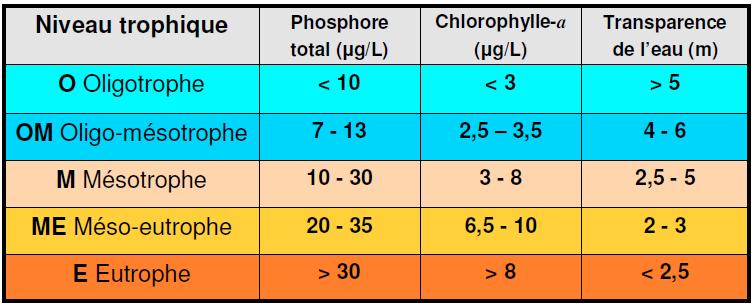
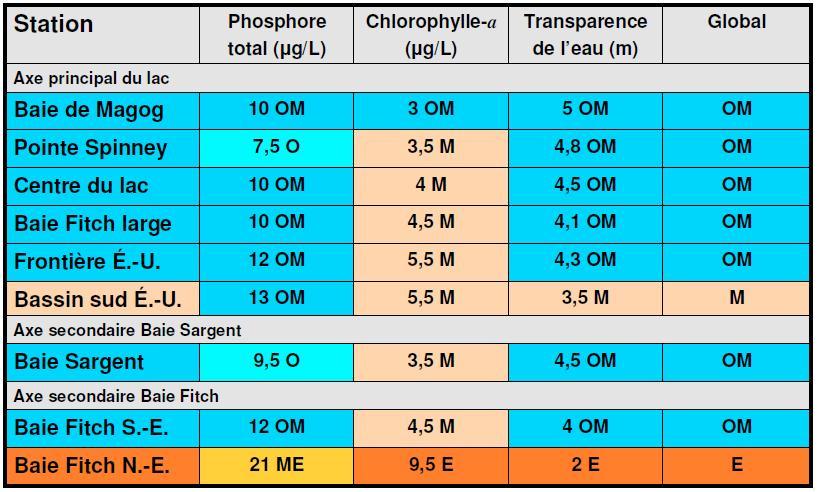
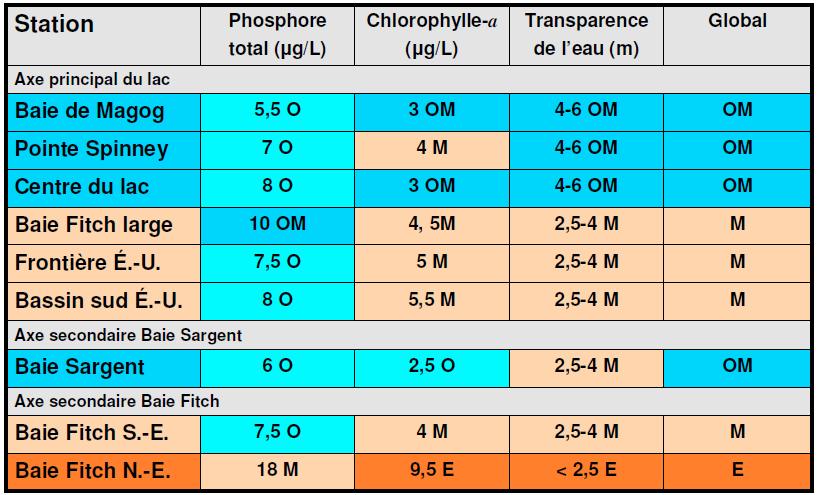
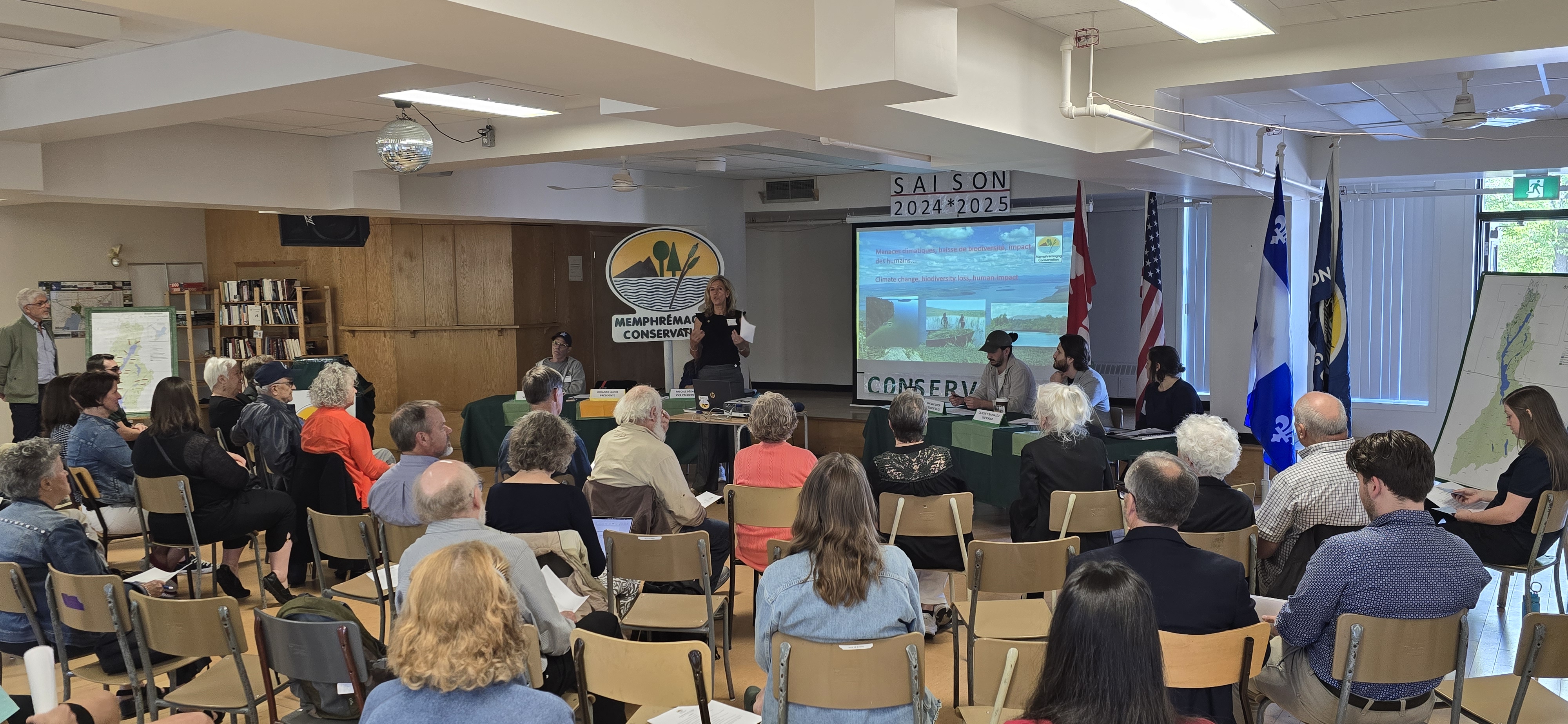


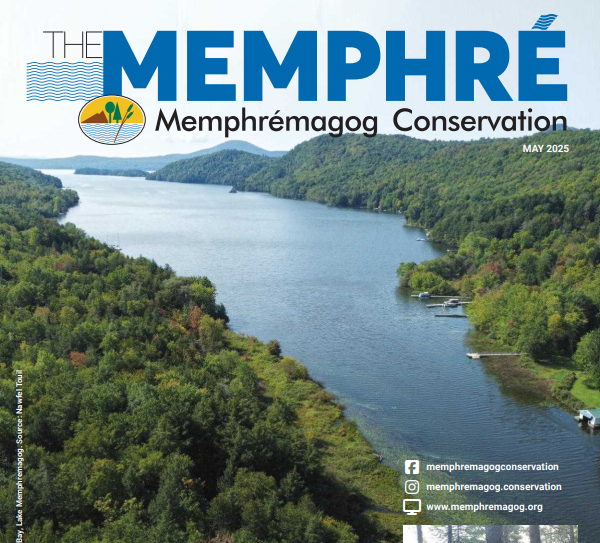
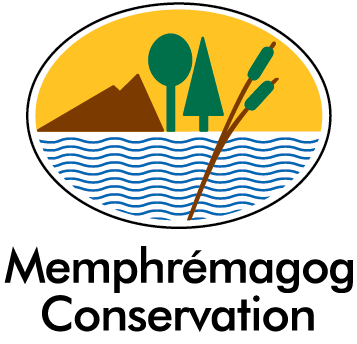
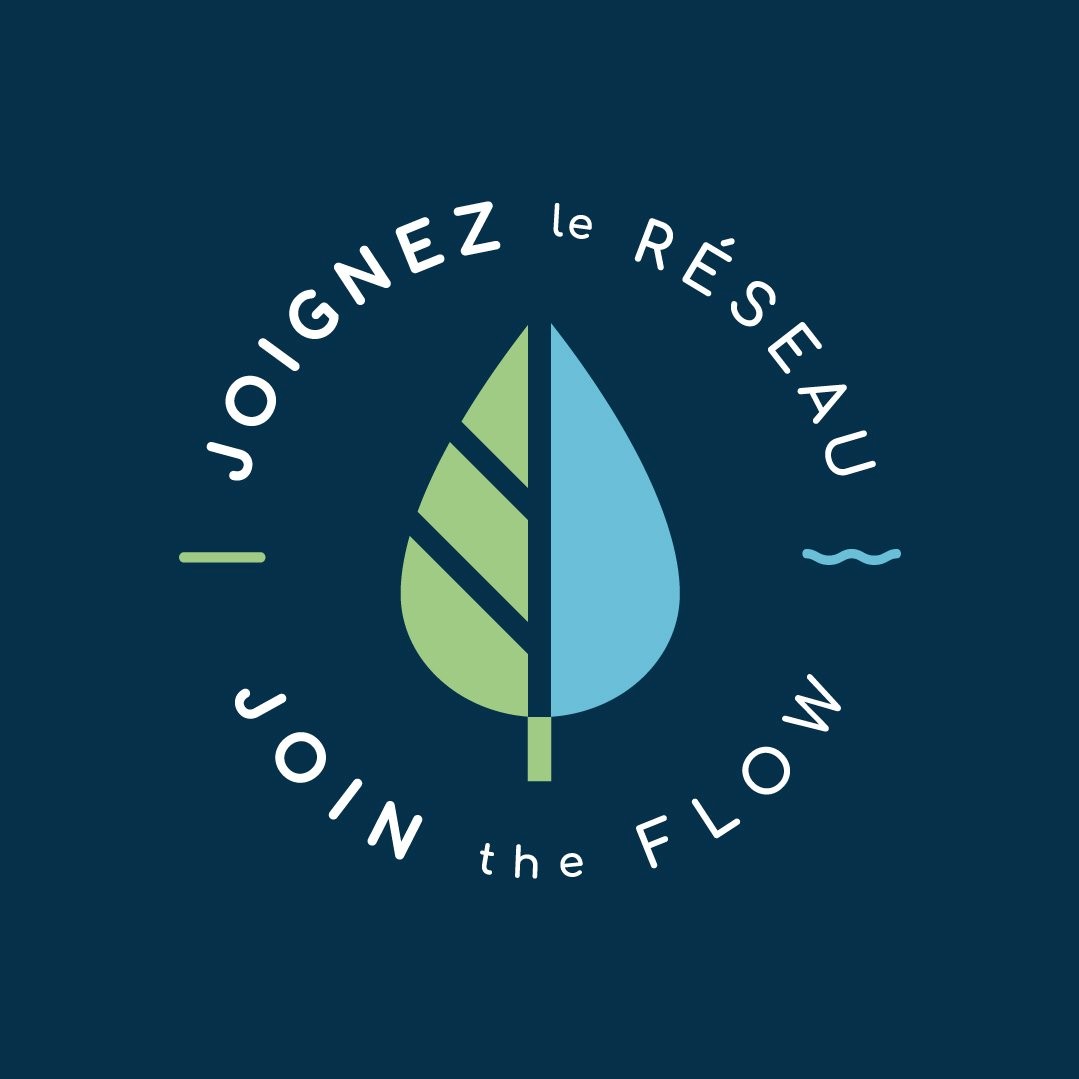
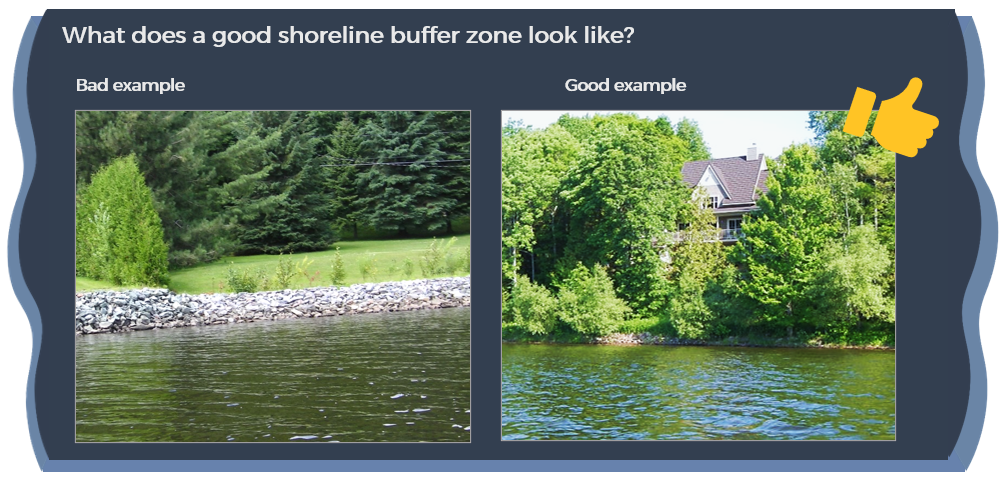
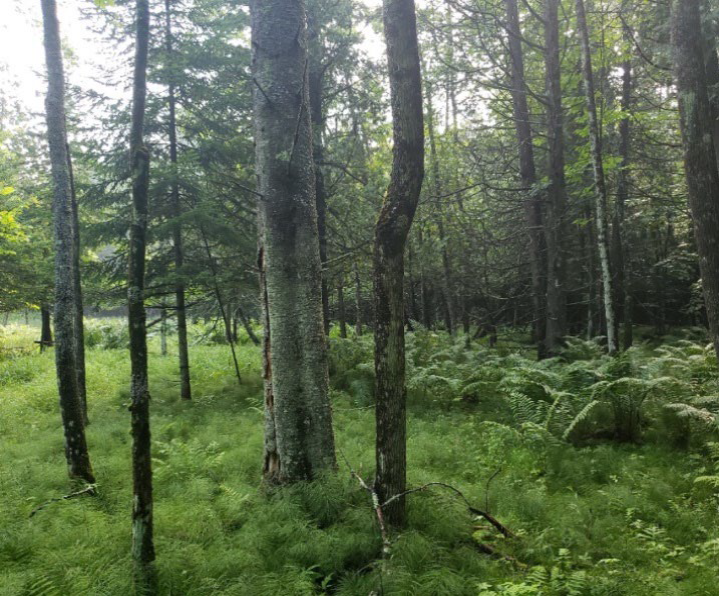
.png)
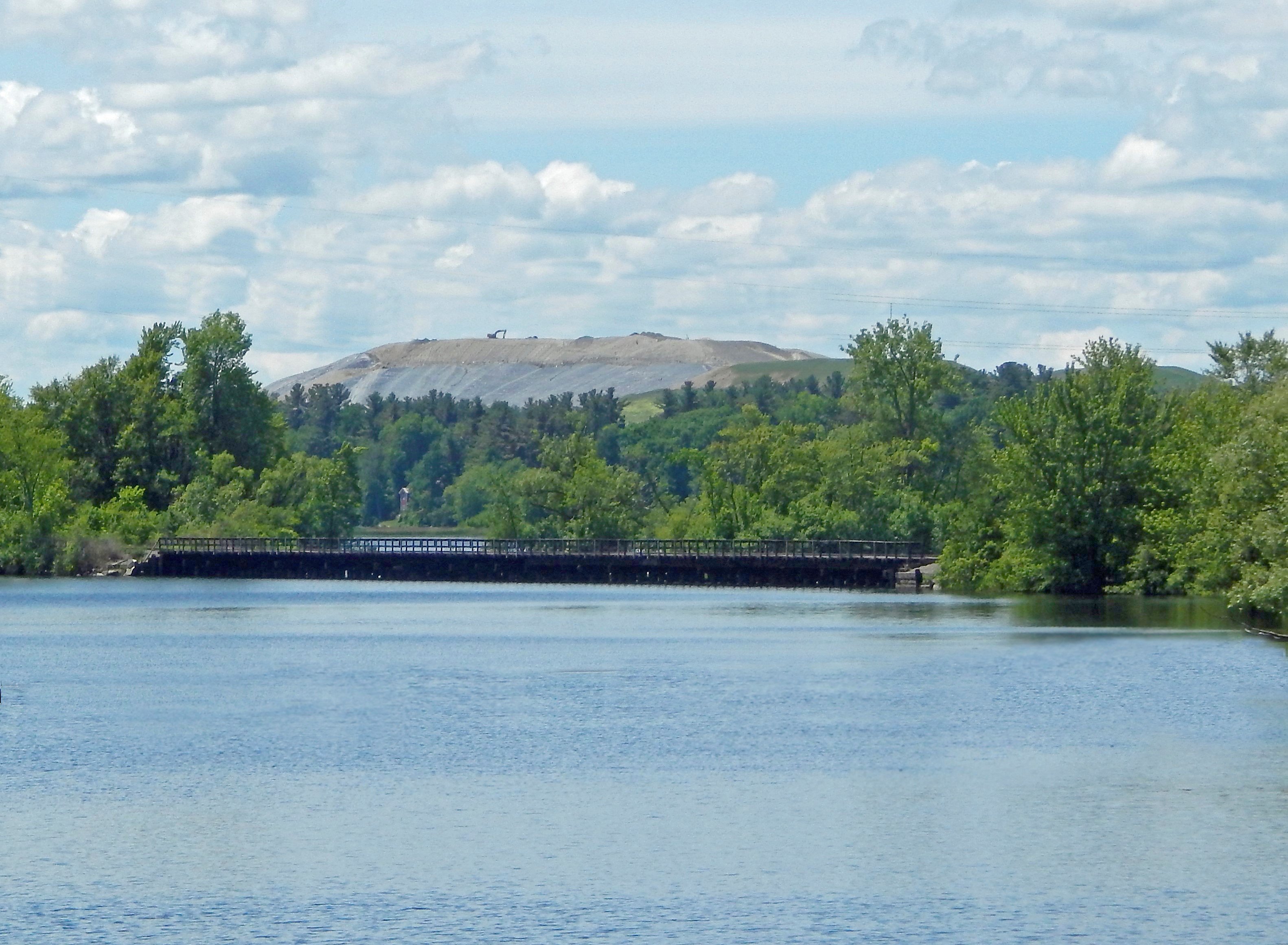


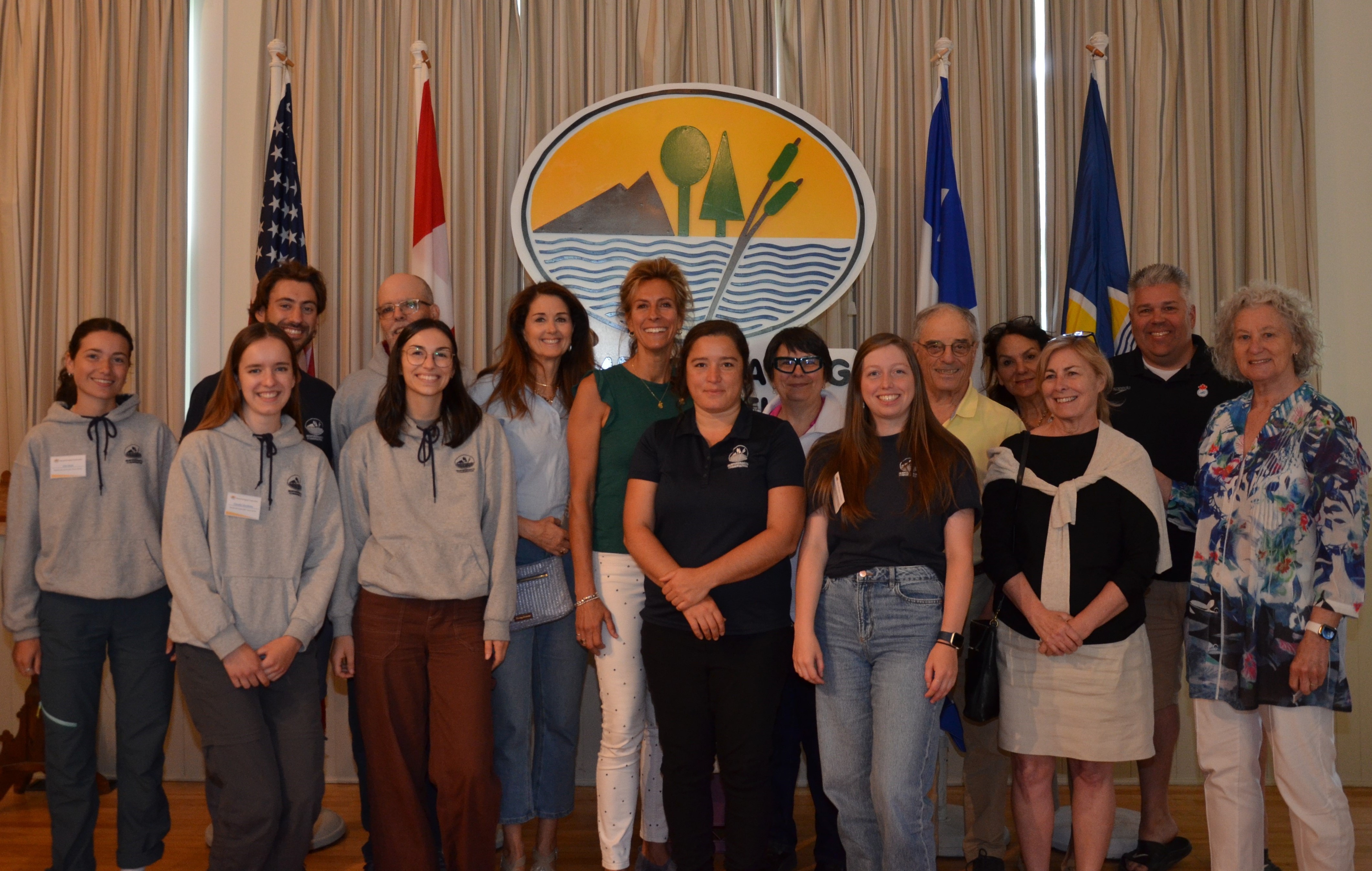

.JPG)
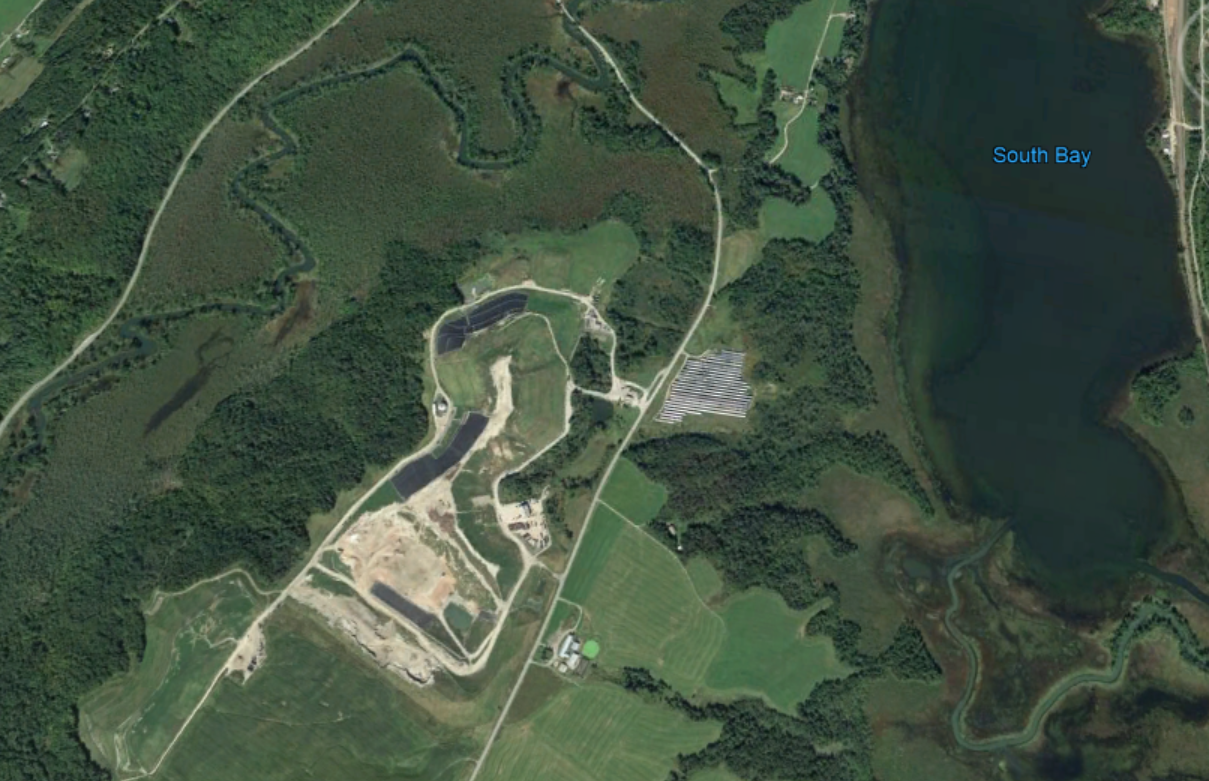
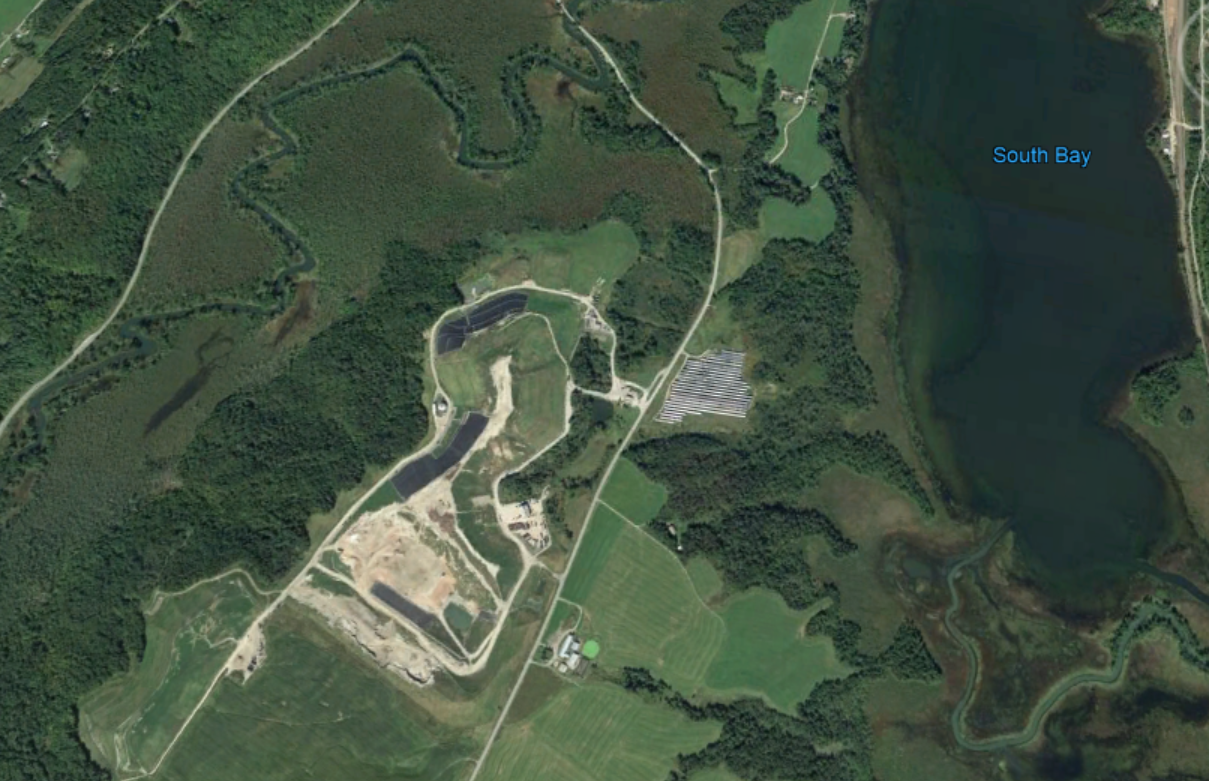
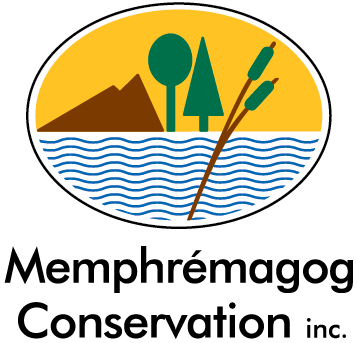


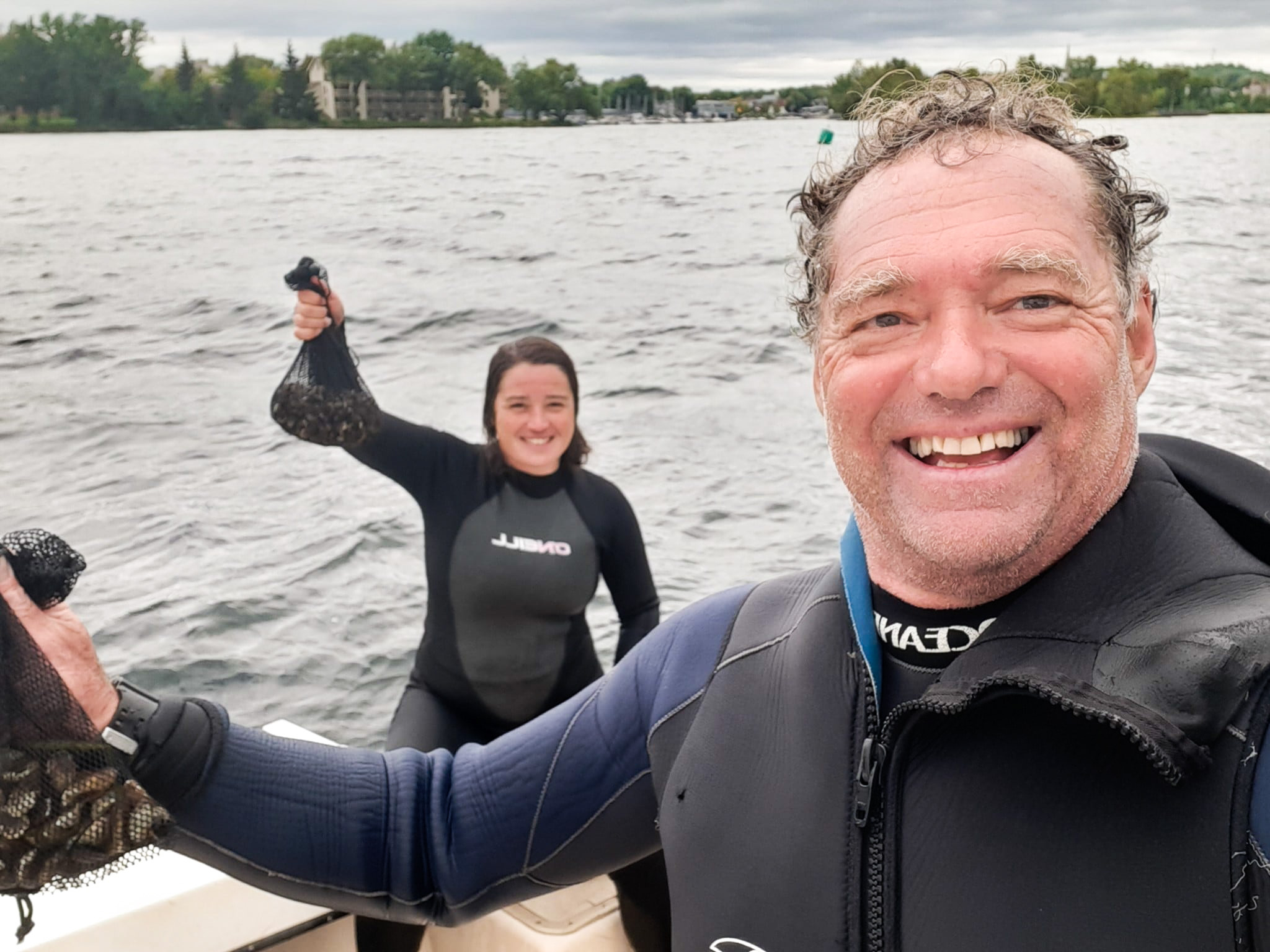
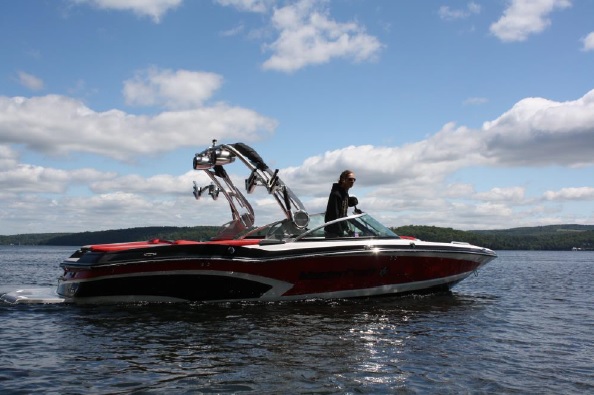
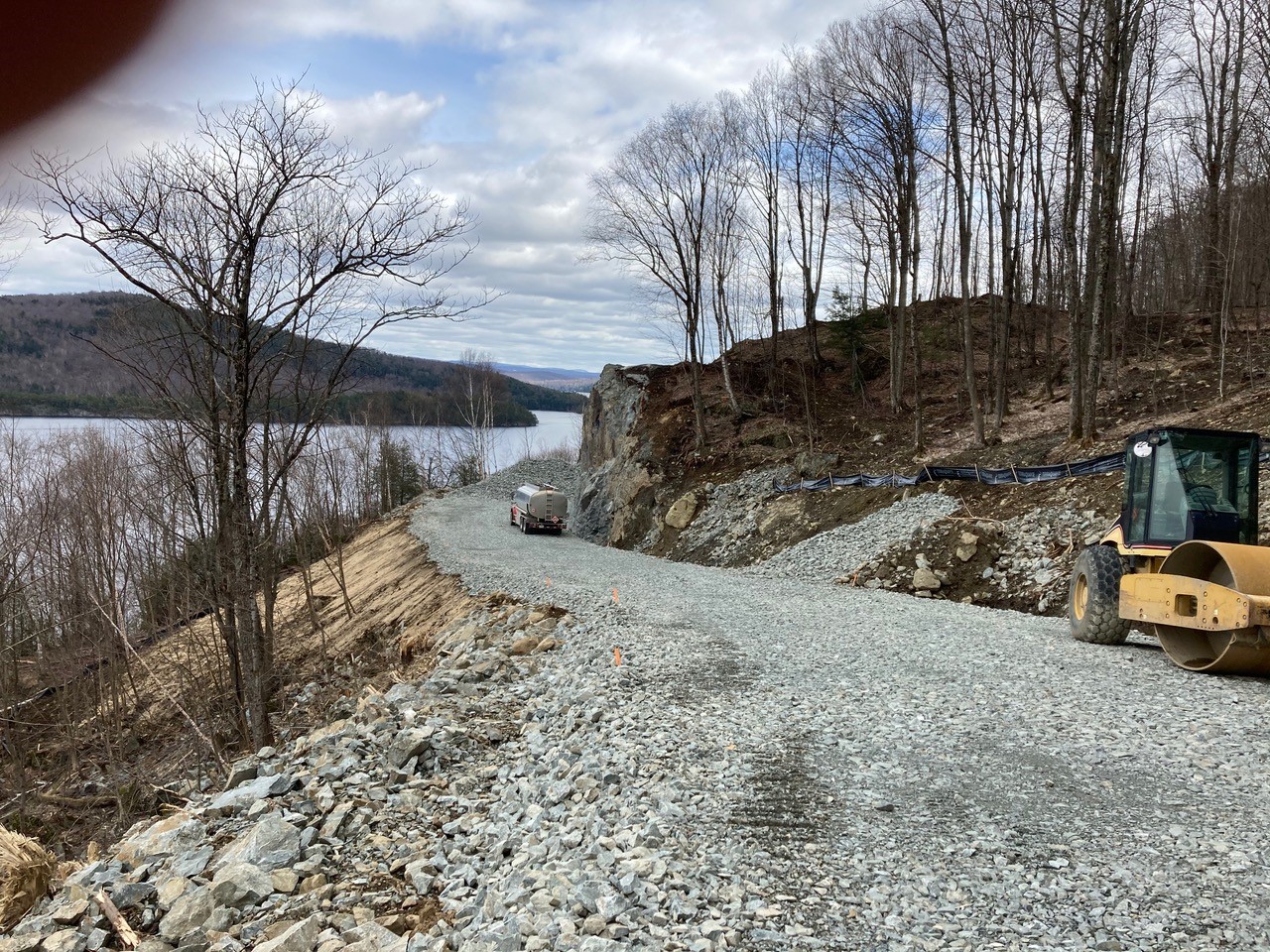
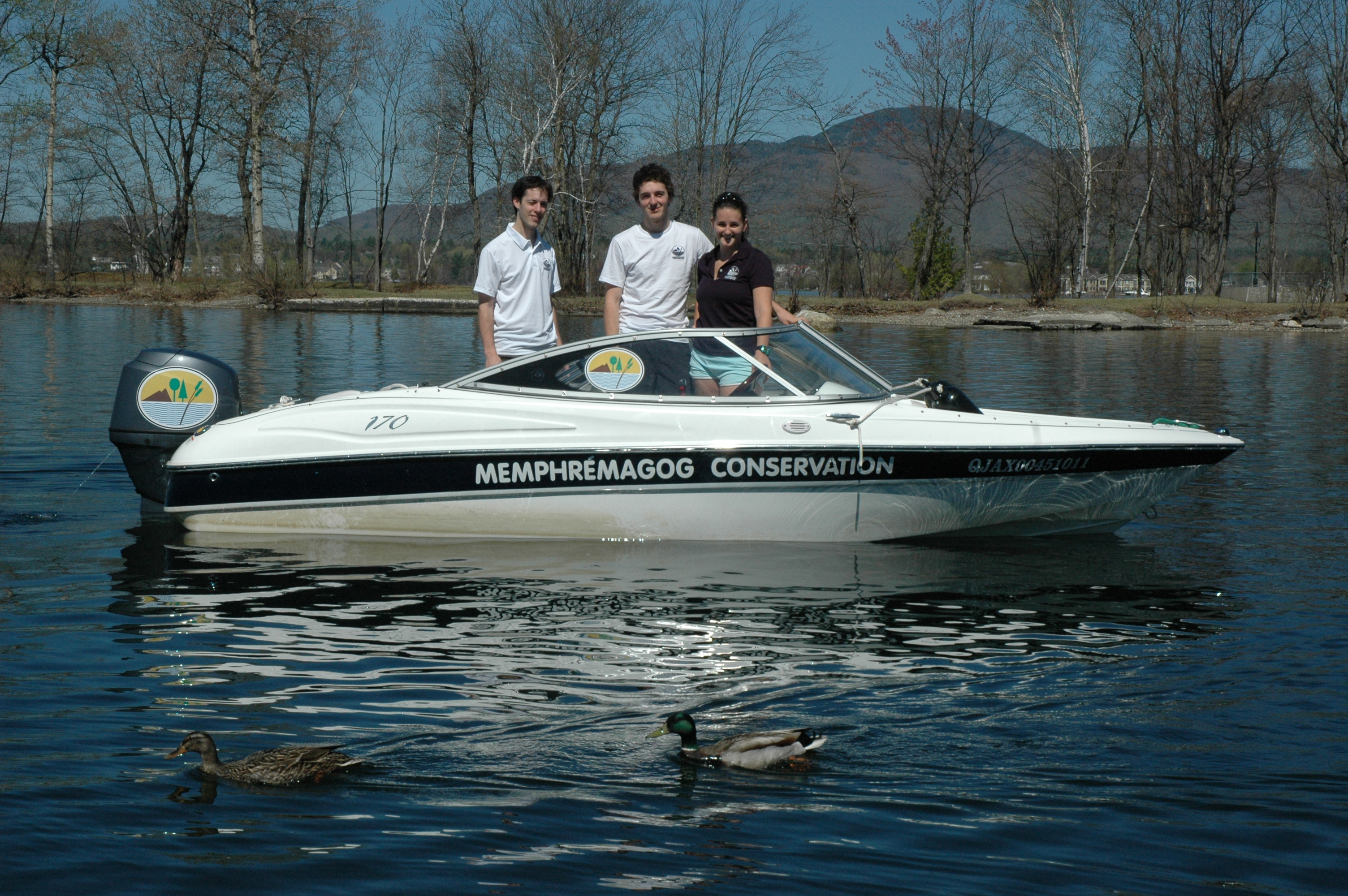


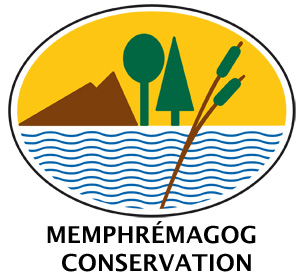












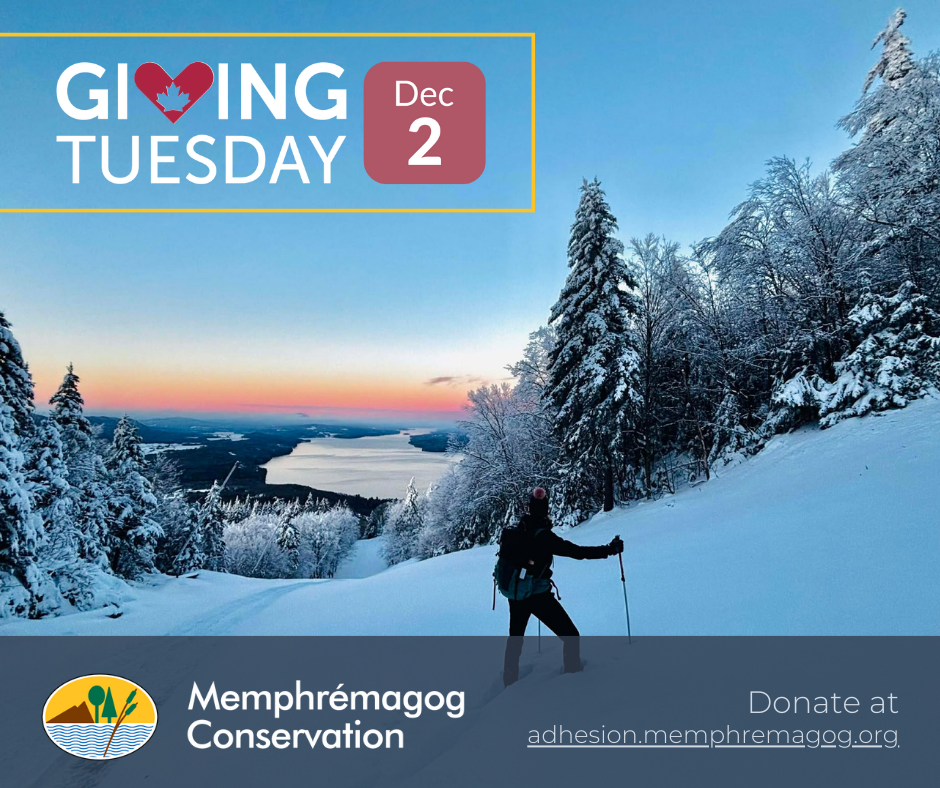





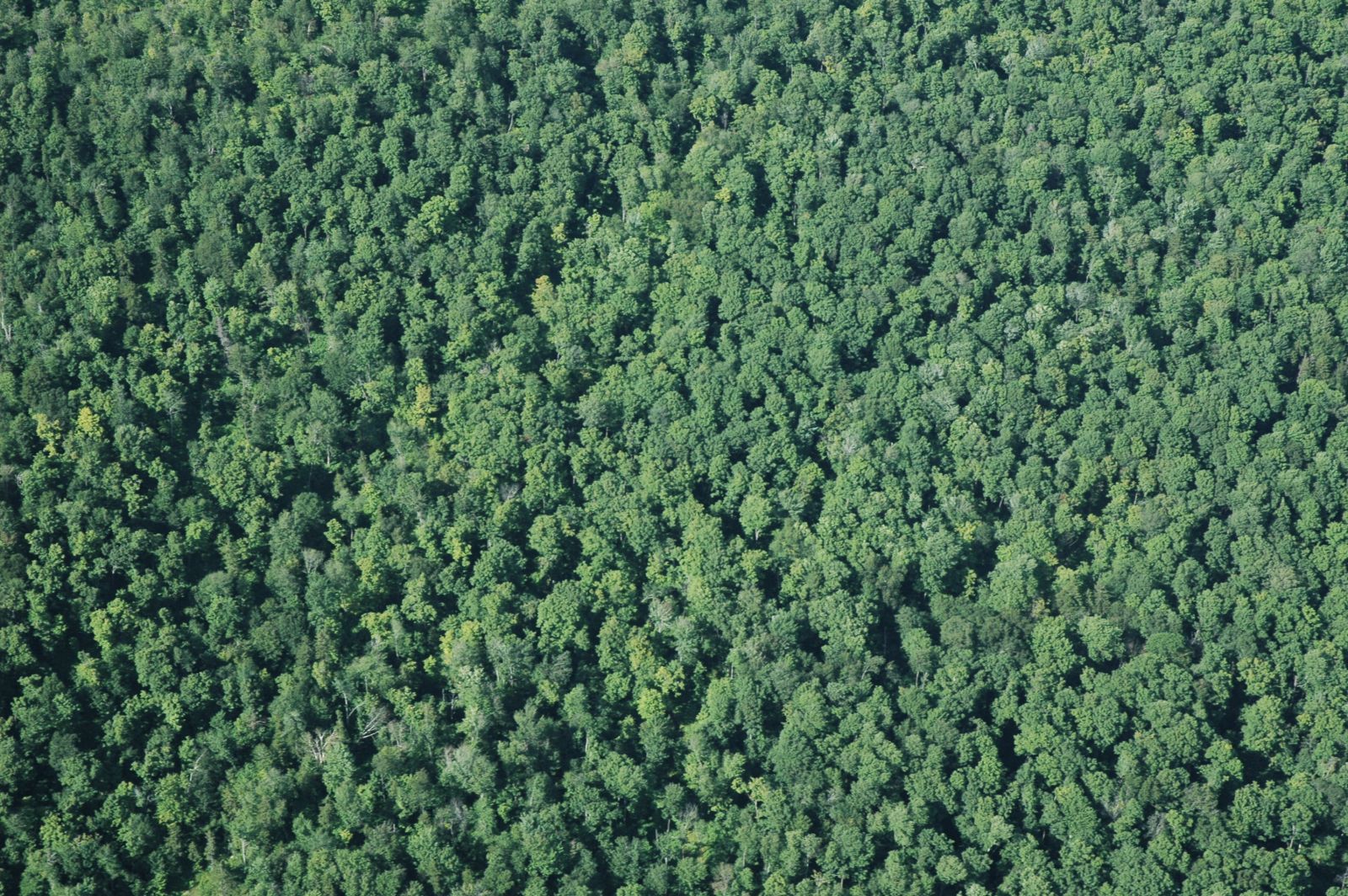

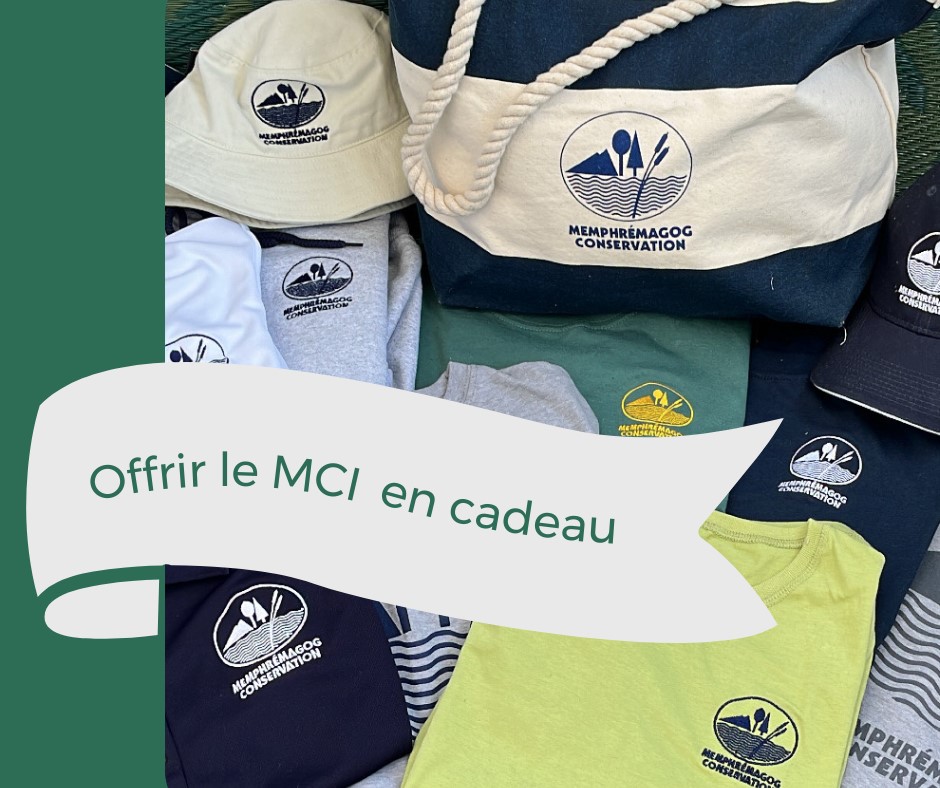
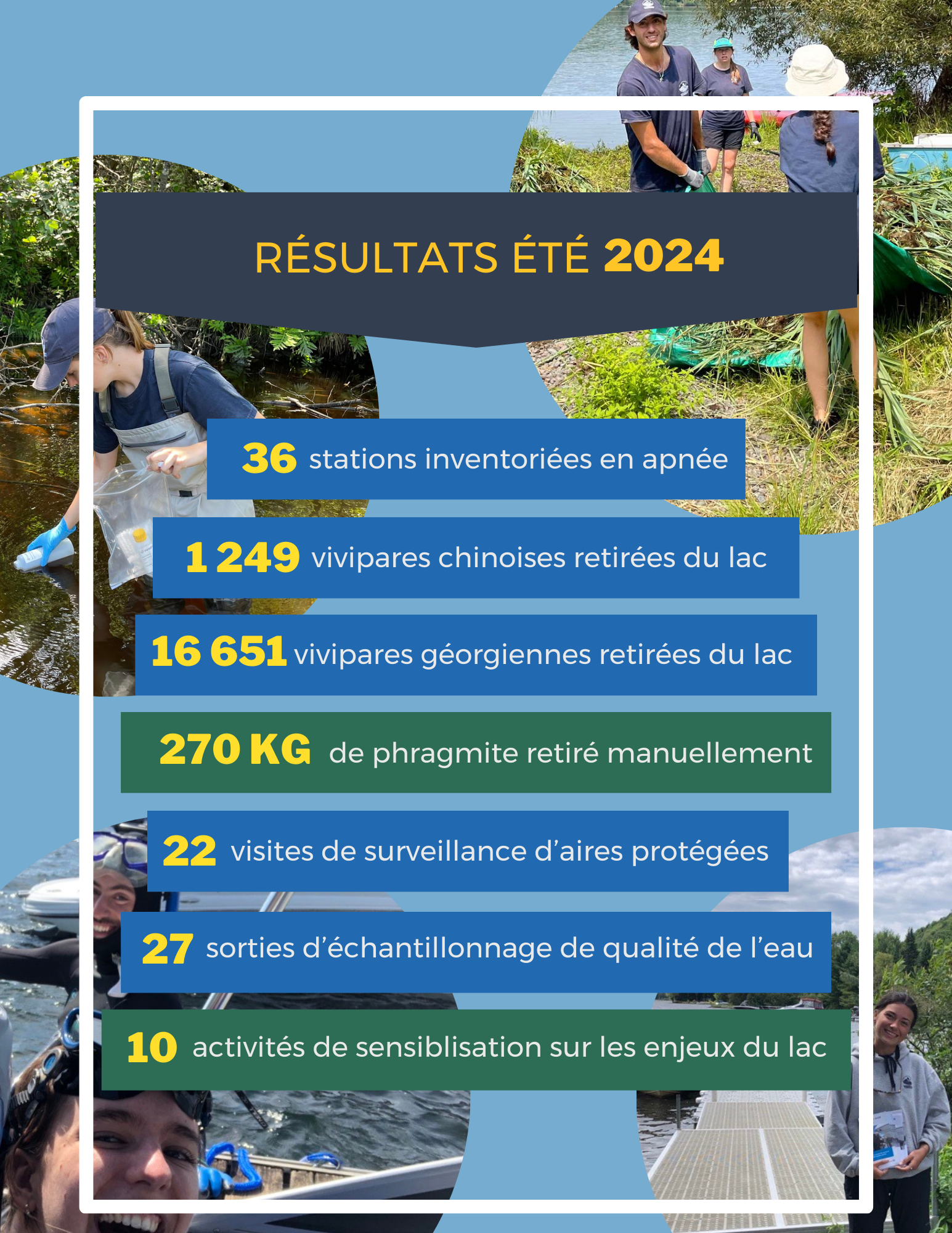
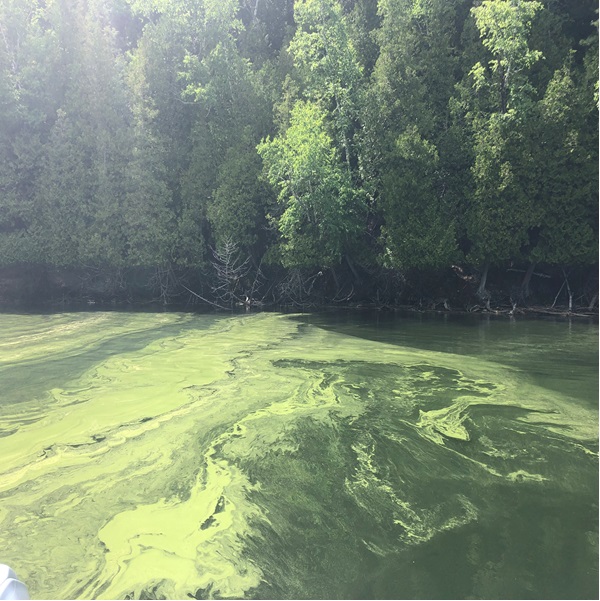
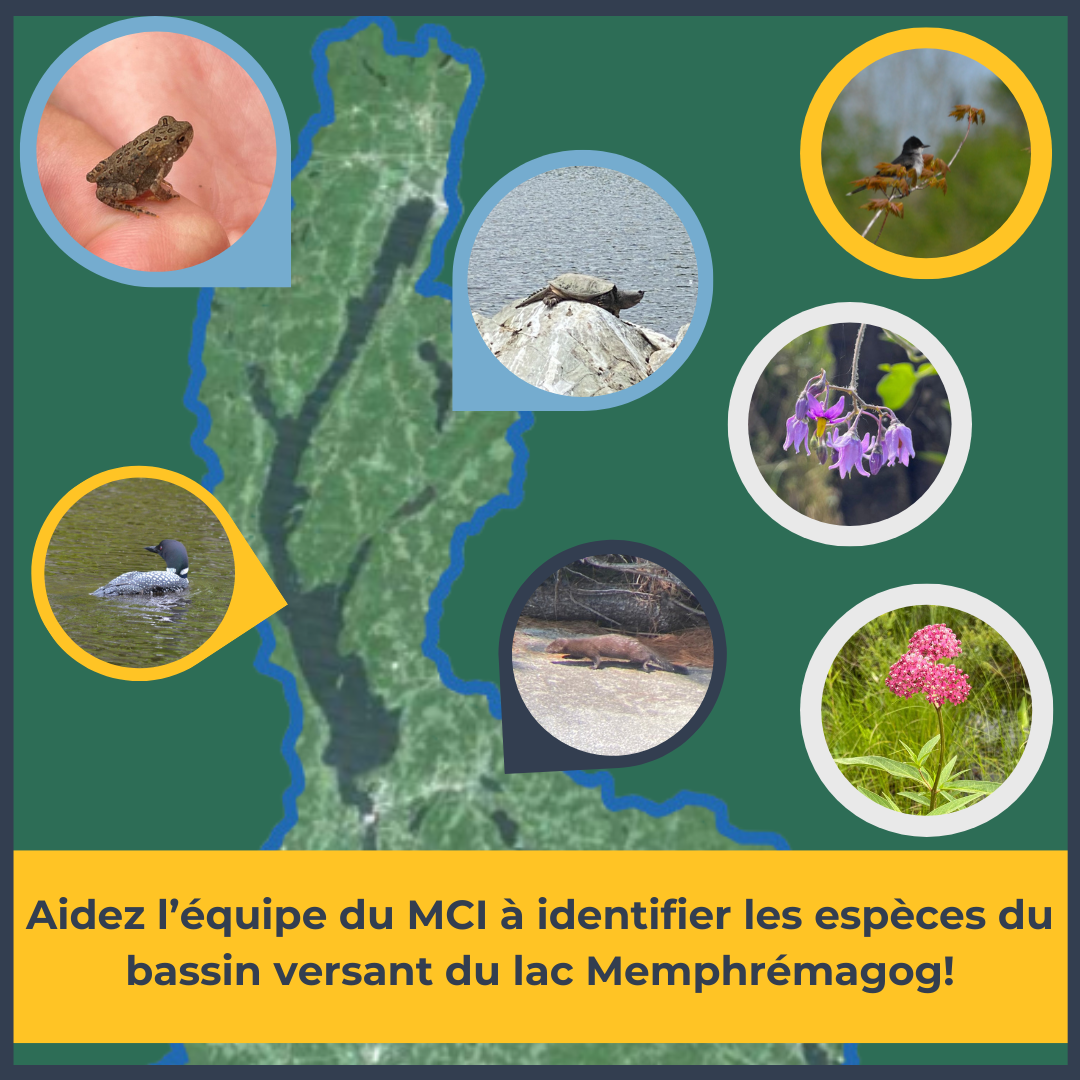
.JPG)

